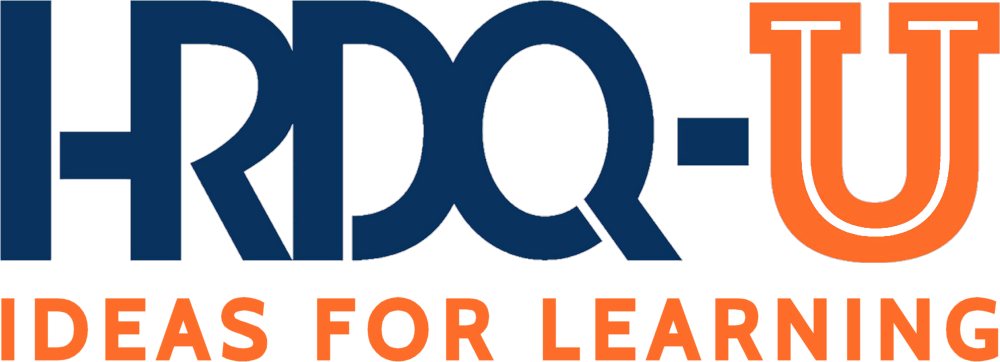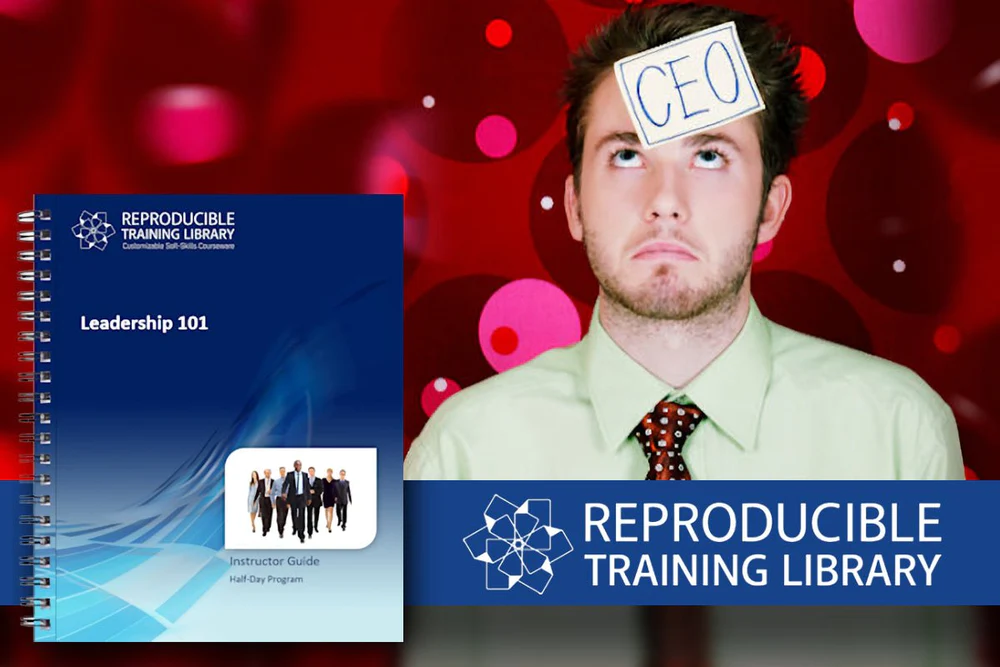Note 4: Respect
Respect is often considered the cornerstone of any healthy relationship. It’s about recognizing and valuing the worth of others, irrespective of differences in opinion, background, or status. Respect transcends mere politeness; it’s an active acknowledgment of a person’s dignity, rights, and perspectives.
In the context of the Chords Model™, respect goes beyond just recognizing someone’s value – it also involves treating them with fairness, listening attentively, and considering their feelings and viewpoints. Respect creates a positive work environment built on trust where individuals feel valued and heard. Without respect, relationships become transactional and lack the depth necessary for long-term connection.
In professional settings, respect in the workplace is essential for fostering a collaborative and productive environment. When leaders and team members respect one another, they cultivate an atmosphere where creativity thrives, and people feel motivated to contribute their best efforts. When employees feel respected by their leaders, they are more likely to be engaged, to demonstrate loyalty, and to seek opportunities for growth within the organization. Similarly, in personal relationships, respect is vital for mutual understanding and empathy. Without respect, misunderstandings, resentment, and communication breakdowns often arise.
Here are four key actions for building respect in the workplace:
- Note 1 (Communication) and Note 4 (Respect) sound great together! In conversations, pay close attention when others speak, demonstrate empathy even if you disagree, and ensure everyone is granted the space to contribute if they wish. This fosters an environment where different perspectives are acknowledged, helping to amplify respect.
- Regularly show appreciation for colleagues’ contributions, whether through formal recognition programs or informal praise. This reinforces that their efforts are valued and respected.
- Demonstrate respectful behavior in your own actions, such as being punctual, honoring commitments, and treating others fairly. Leadership sets the tone for the whole team.
- Create a culture where feedback is given and received respectfully and constructively. This fosters personal growth and helps individuals feel appreciated for their contributions.
Note 5: Direction
My hometown football team, the Philadelphia Eagles, won the Super Bowl this year. Imagine if, in the locker room before the game, head coach Nick Sirianni told the players he was tossing out his playbook: “Let’s just wing it out there and hope everyone’s on the same page.”
Preposterous, right? Yet many leaders function without a clearly articulated direction for their teams and wonder why results fail to meet expectations.
In this context, direction refers to having a clear sense of purpose and goals. Direction is about knowing where you’re headed – both individually and collectively – as well as knowing how to get there. It’s about ensuring that everyone involved is on the same page, working towards a common objective. In the Chords Model™, direction helps provide clarity and alignment, which are crucial for long-term success.
For teams and organizations, direction often takes the form of a vision that unites all members. A vision – commonly summarized in a vision statement – serves as a “North Star” that both guides and inspires people to do their best work. A lack of a clear, future-focused vision can lead to confusion, misaligned priorities, and a fragmented approach to problem-solving. However, when the vision is unambiguous (and preferably more bold than boring), it allows teams to focus their energies on what truly matters: eliminating distractions, creating a galvanizing sense of purpose, and fostering a positive work environment.
Here are four of my favorite vision statements:
- “To be the revolutionary platform of choice for educating the next generation of leaders in the 21st century.” – Edtech startup Coded Minds
- “To create economic opportunity for every member of the global workforce.” – LinkedIn
- “To be one of the world’s leading producers and providers of entertainment and information.” – Disney
- “To be the world’s most loved, most efficient, and most profitable airline.” – Southwest Airlines
Direction offers a roadmap during times of difficulty. Challenges, setbacks, and disagreements are inevitable, but a strong sense of direction can help individuals and teams stay focused on their broader goals, making it easier to navigate obstacles. This principle of direction reinforces the idea that successful relationships and ventures don’t rely on chance or aimless wandering, but rather on intentional actions guided by a clear purpose.
Consider the following when developing your own team’s direction:
- Set specific, measurable, and achievable objectives, ensuring everyone understands the purpose and desired outcomes.
- Clearly articulate roles, responsibilities, and deadlines to ensure every team member knows what’s expected of them and how they contribute to the collective goal.
- Encourage open communication and collaboration, ensuring that team members work together, share ideas, and support each other in a climate of psychological safety.
- Develop a compelling vision with input from team members. Ensure it’s aspirational, inspiring, and reflects the shared values of the team. Keep it short – less is often more here.
Note 6: Support
Support is the sixth and final note in the Chords Model™, and it’s just as critical as the first five. Support refers to the actions and resources provided to help others reach their potential and succeed in their endeavors. Support is multifaceted – it can be emotional, intellectual, or practical, depending on the needs of the person or group.
In the workplace, support can take various forms. Emotional support might involve offering encouragement during tough times, providing a safe space for colleagues to express concerns, or helping individuals manage stress. Intellectual support can come through sharing knowledge, offering mentorship, or brainstorming ideas together. Practical support could include helping a colleague with a task, pitching in when resources are scarce, or providing the tools needed for someone to excel in their work.
Effective leaders know how to offer the right balance of support. They empower their teams to achieve autonomy while still providing the guidance and resources necessary for success. This balance of independence and support creates a positive work environment where individuals are motivated to grow and perform at their best. Leaders who offer consistent, positive support are seen as trustworthy and compassionate, fostering a culture of mutual care and collaboration.
It’s important to recognize that support, like the other five notes, must be reciprocal. Healthy relationships thrive when both parties give and receive support equally. One-sided support can lead to feelings of resentment or dependence. True support involves not just offering help but also being open to receiving help when the roles are reversed.
Check out these ideas for providing sufficient support at work:
- Provide regular, specific, and actionable feedback to help colleagues improve and grow, ensuring it is framed positively and with solutions.
- Ensure team members have access to the tools, training, and resources they need to succeed in their roles and perform their tasks effectively.
- Make yourself available to offer guidance, answer questions, and listen to concerns, creating an open-door policy for support when needed.
- Support employees in maintaining a healthy balance between work and personal life, showing understanding when challenges arise and promoting flexibility when possible.
Conclusion
While the six notes of the CHORDS Model™ each hold significant value on their own, their true power lies in their interconnectedness. The six notes – Communication, Harmony, Ownership, Respect, Direction, and Support – are not isolated; they are mutually reinforcing and create a synergy that enhances relationships (a notion underscored by the chord metaphor).
Together, the six notes create a dynamic system that enhances relationships, fosters growth, promotes mutual success, and fosters respect in the workplace. Whether in a professional or personal context, these principles function as a framework for navigating the complexities of human interaction, ensuring that relationships remain productive, fulfilling, and enduring. By prioritizing these notes every day, we can foster environments that promote growth, trust, and collaboration, ensuring that the relationships we cultivate are both strong and mutually rewarding.
Let’s strike the right chord together. Because to rise above today’s unprecedented challenges, we must first tune into excellence. You can reach me at michael@rightchordleadership.com.




























